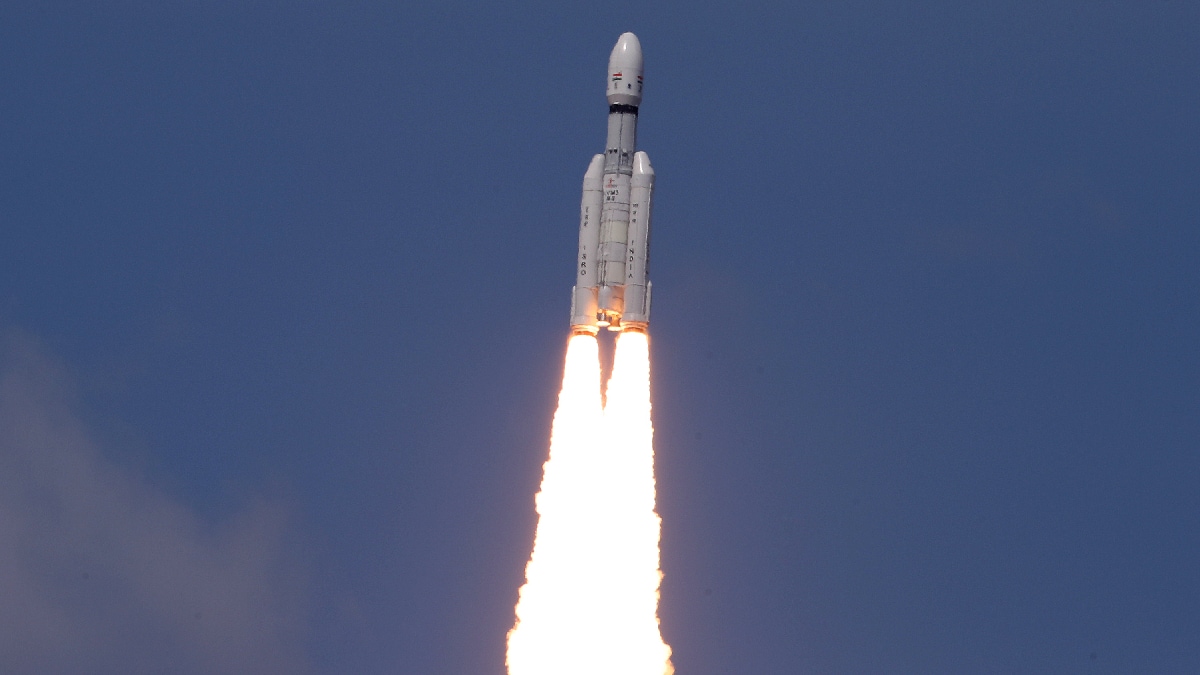Chandrayaan-4 Mission: A Historic Leap for India
The remarkable success of the Chandrayaan-3 mission has paved the way for India’s next ambitious lunar project—Chandrayaan-4. Spearheaded by the Indian Space Research Organisation (ISRO), preparations are already in motion to launch this groundbreaking mission by 2029. With an estimated budget of ₹2,104.06 crore, Chandrayaan-4 aims to make history by returning 2 to 3 kilograms of lunar samples to Earth, marking the first time an Indian spacecraft will collect samples from a celestial body.
Key Features of the Chandrayaan-4 Mission
The Chandrayaan-4 mission will consist of five major modules:
- Ascender Module (AM)
- Descender Module (DM)
- Re-entry Module (RM)
- Transfer Module (TM)
- Propulsion Module (PM)
Launch Strategy
To accommodate the mission’s weight and complexity, ISRO plans to launch these modules using two LVM3 rockets. This innovative approach could set a precedent in space exploration, as it would mark the first time a mission is executed in two separate phases with modules being connected in space.
Sample Collection Process
Once the spacecraft successfully lands on the Moon, the robotic arm in the Descender Module will initiate the sample collection process. The mission aims to gather 2 to 3 kilograms of lunar material, which will then be securely stored in a specially designed container to prevent contamination during the return journey to Earth.
Indigenous Technology Development
A defining aspect of the Chandrayaan-4 mission is its focus on utilizing homegrown technology. All the engineering and technological advancements employed in the mission will be made in India, showcasing the country’s growing capabilities in space research and exploration.
Significance of Chandrayaan-4
Should the Chandrayaan-4 mission succeed, it would mark a monumental achievement in space history. Currently, only three nations—America, Russia, and China—have successfully returned samples from the Moon. If India accomplishes this feat, it will not only enhance its stature in the global space community but also contribute immensely to lunar science.
Potential Impact on Scientific Research
The lunar samples retrieved by Chandrayaan-4 are expected to provide critical insights into the Moon’s geology and the solar system’s evolution. By studying these samples, scientists can understand better the chemical composition and history of our nearest celestial neighbor, paving the way for future lunar exploration and potential colonization.
Conclusion
The Chandrayaan-4 mission encapsulates India’s ambition in space exploration and reflects the nation’s commitment to advancing its scientific and technological frontiers. As ISRO moves forward with its plans, the world eagerly anticipates the possibility of witnessing yet another historic chapter in space exploration.









